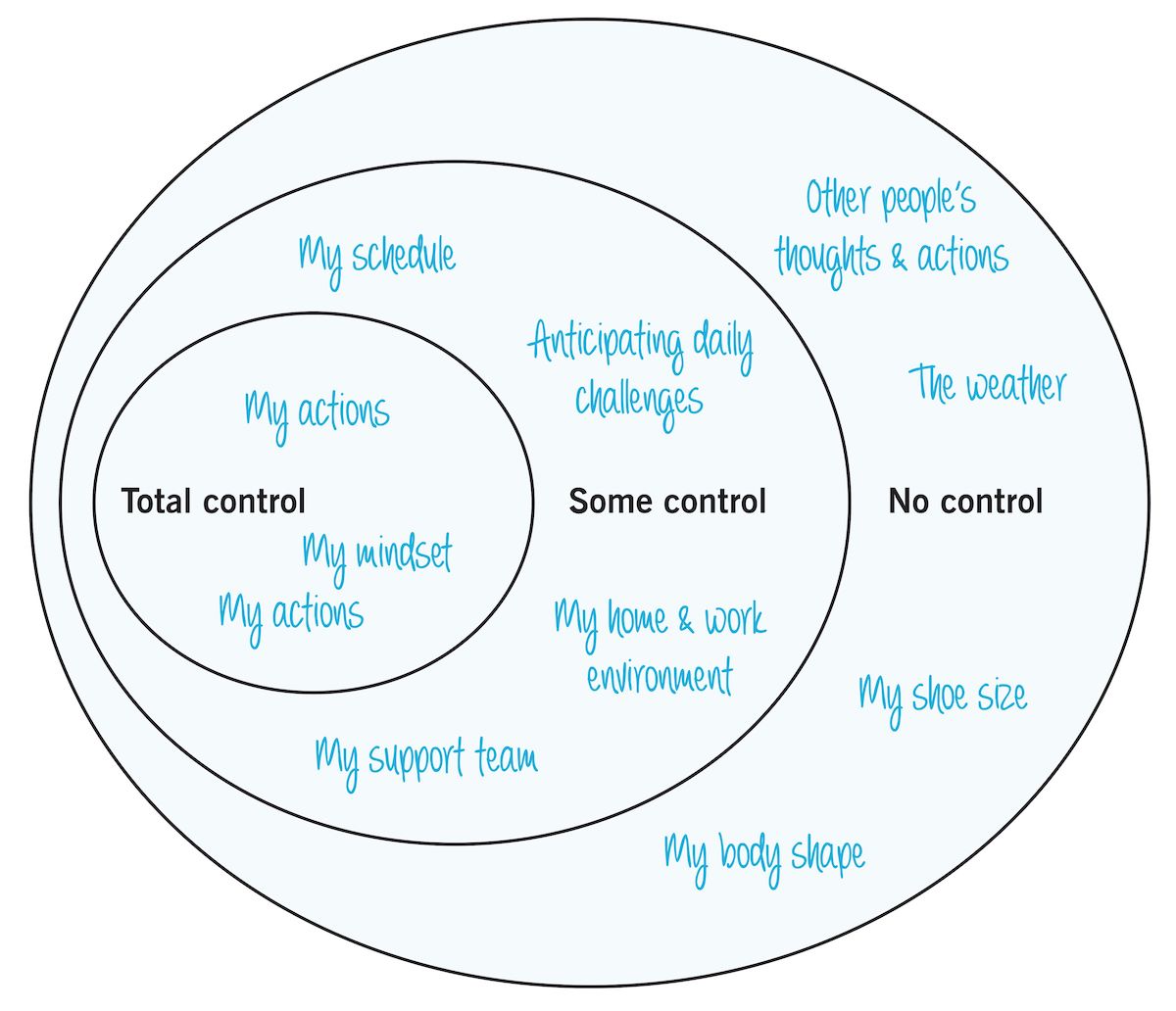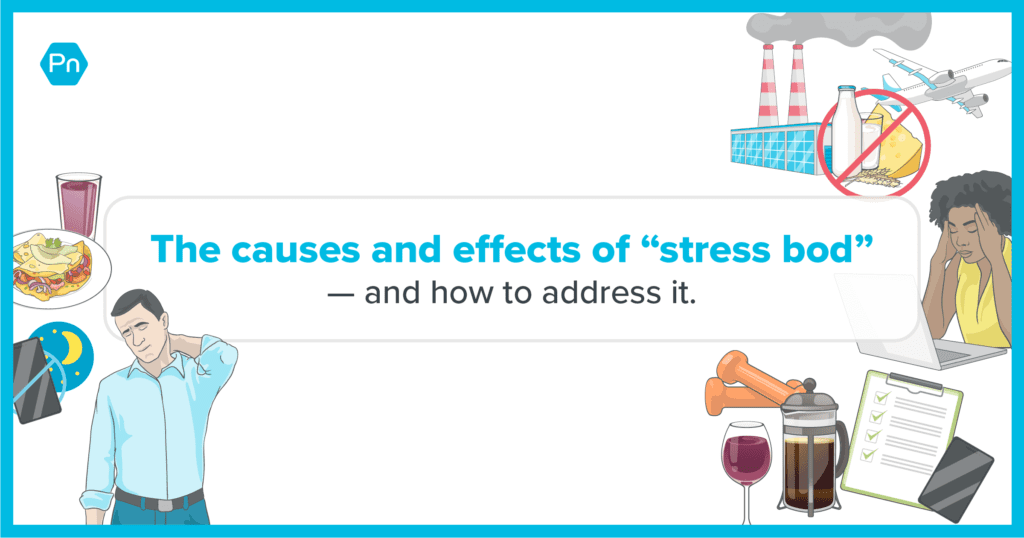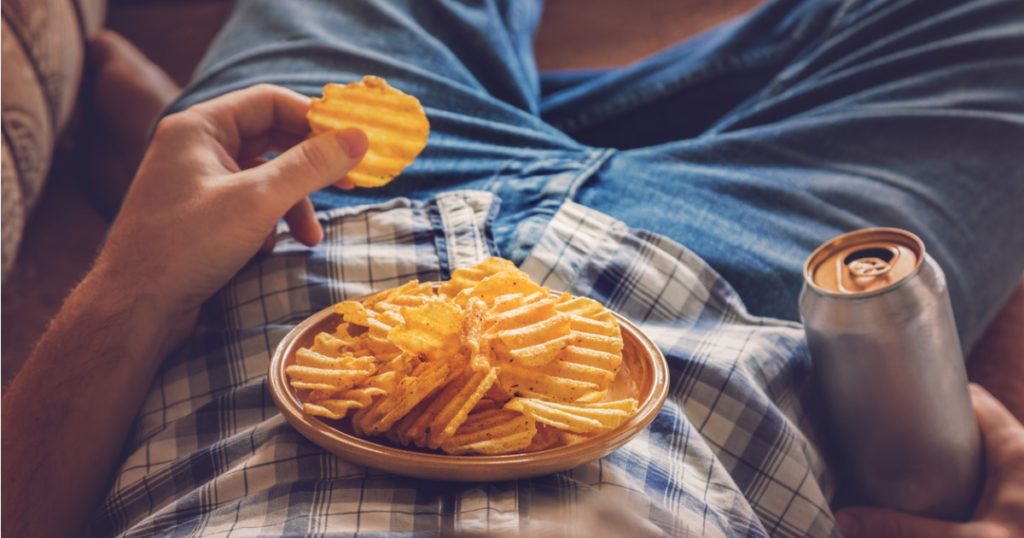People often don’t think straight when they’re stressed out.
That includes clients.
It’s as if an evil scientist has inserted a microchip into their brains—one that forces them to do things they swore they wouldn’t do ever again, like watching two seasons of Shameless without even so much as a potty break.
Then they show up for a coaching session looking or sounding irritated, ashamed, and/or even more stressed. They say things like:
“I don’t have time for this!”
Or “I don’t know what’s wrong with me!”
Or “I ate a whole gallon of ice cream AGAIN! I suck and I will always suck and I will never not suck so why am I bothering?”
If the above sounds hauntingly familiar, you’re going to love the six conversational techniques outlined in this article.
These strategies work like a verbal weighted blanket.
Use them to help clients…
- See their way out of that dark stress tunnel.
- Finally break free from those annoying old habits.
- Go from “I can’t do this” to “I’ve got this.”
Before we get to those techniques, however, let’s explore why people get so hopelessly mired in old patterns to begin with.
Thank evolution for relentless old habits.
Noticing potential threats—like the faint snap of a twig from hundreds of yards away—is what stopped ancient humans from getting eaten by big scary creatures with sharp fangs.
Now, hundreds of generations later, this attentional threat bias—focusing more on danger than opportunities and benefits—is wired in.
While it’s quite handy during those rare times you stumble across an angry mama bear in your backyard, this threat bias doesn’t work so great in non-life-threatening situations.
Let’s say your father quips:
“Honey, the color of your shirt doesn’t do your face any justice.”
Now your threat bias is pointing all your thoughts precisely where you don’t need them (‘Why did I get stuck with this person for a parent?!’) and away from where you do need them (‘Hey self, don’t forget to buy asparagus for dinner and pack a gym bag for tomorrow’).
And if those relatively small threats pile up, your brain will regress into rigid, self-protective, and self-soothing behaviors.
Now your “must empty whole bottle of whipped cream straight into mouth” or “have a toddler tantrum” autoscript can take over.
This evolutionary mechanism makes it difficult for you—as well as your stressed out clients—to change.
With thoughts and attention consumed by stressors, you don’t have the bandwidth for planning healthy meals, finding time for workouts, or even chopping veggies.
Stress management techniques can help.
Building the ability to self-regulate in difficult moments is like a muscle: You can train that ability and make it stronger (and help clients do it as well).
We’ll show you how.
Technique #1: Take a deep breath.
When your clients feel threatened, anxious, or distressed, their heart rate goes up and they breathe more shallowly.
And, thanks to the actions of the vagus nerve pathways that run between their brain and much of their upper body, they won’t be able to see or hear reason.
Luckily, as a coach, you can help your clients calm down a little by using your body to send signals that they’ll mirror.
Take a deep breath or two, audibly if you can. Slow your pace of speaking and moving. With luck, clients will subconsciously catch your calming body signals, and mimic them.
What to say: “Let’s just pause for a deep breath here as we consider some different options.”
Technique #2: Anoint them the boss.
Remind clients that they’re in charge of their own change and growth. They don’t have to do anything they don’t want to do, so that threat system can power down.
What to say: “Remember that this is your journey; I’m just here to facilitate. I can offer advice and give you my opinion, but ultimately this is your decision. You’re the boss of what comes next.”
Technique #3: Tell clients they’re not alone.
Aloneness freaks most humans out. That’s why clients feel calmer when they know they’re supported and guided by a trusted person who has their back.
What to say: “This will be a lot of change, but you’re not alone. As your coach, I’m here with you. I’d like you to be in charge of your own journey, but I will happily provide all the navigation, suggestions, and support you need. I know it’s hard to go through this. Whatever path you take is okay. I’m here to support you no matter what. I’m open to hearing whatever you have to say.”
Technique #4: Paint a picture of what clients can expect.
To help clients manage uncertainty, explain processes clearly beforehand, as well as what to expect at each step.
What to say: “At first, when you try to work on changing X, you may find out that Y happens. And you may have more questions about it. That’s normal. Just so you know what to anticipate, we might have to explore many practices before we find one that really suits you.”
Technique #5: Take change off the table.
Paradoxically, when you “allow” your client not to change, it tends to make them more willing to change.
What to say: “Do you want a new task for next week, or would you like to just stay here and practice for a while? It’s perfectly okay if you don’t feel ready to change Behavior X right now. If it’s working for you, great!”
Technique #6: Zero in on what’s under clients’ control.
When clients fixate on stuff that’s out of their control (such as noisy neighbors, age-related sleep changes, or being a new parent) they get nowhere.
On the other hand, if they focus on small daily actions they can do (such as adjusting their sleep environment, cutting down on caffeine, or being compassionate with themselves), they make progress.
How to do it: Using our Spheres of Control worksheet, work with clients to identify stressors in each category. Talk about one action that your client can control that will help them feel calmer, happier, and more in charge of their life.

Change really is possible.
These coaching techniques (among others that we teach) can help shift your client’s attention away from threats and over to solutions.
Because yeah, staying up all night playing Candy Crush due to work stress does send you into imminent-threat, red alert-mode, but it’s not exactly the same as getting chased by a bear.
As a coach, you have an opportunity to introduce some calm, cool, collected energy into your stressed-out clients’ lives.
And it might just help them go from a place of “everything sucks” to a place of “I’m actually pretty okay.”
If you’re a health and fitness coach…
Learning how to help clients manage stress, build resilience, and optimize sleep and recovery can be deeply transformative—for both of you.
It helps clients get “unstuck” and makes everything else easier—whether they want to eat better, move more, lose weight, or reclaim their health.
And for coaches: It gives you a rarified skill that will set you apart as an elite change maker.
The brand-new PN Level 1 Sleep, Stress Management, and Recovery Coaching Certification will show you how.
Want to know more?







Share